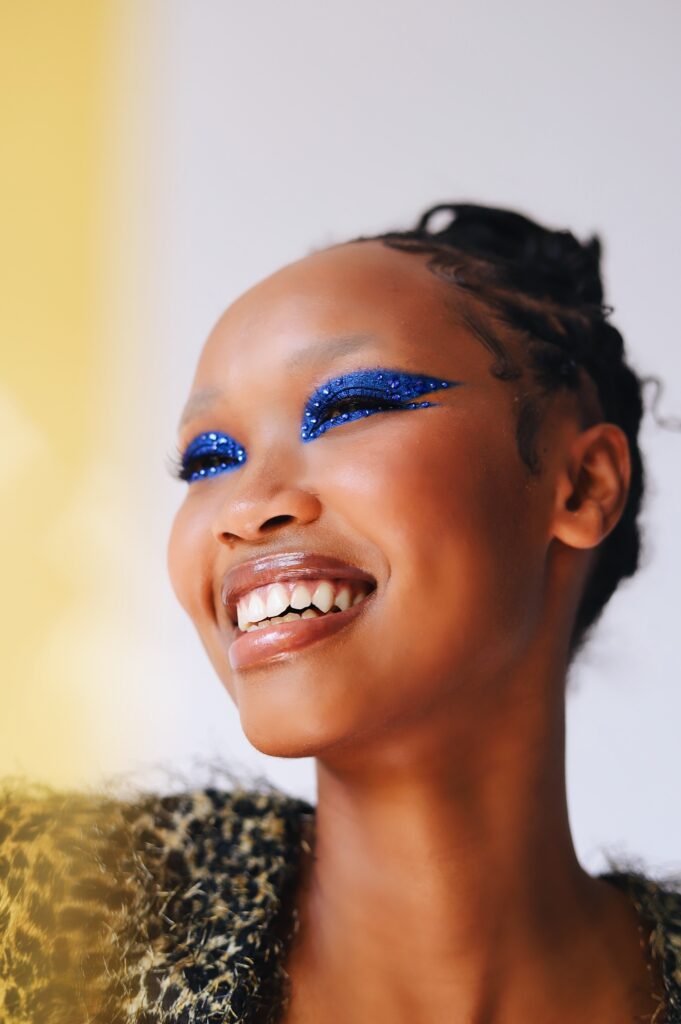

TikTok and its social media associates have become obsessed with the feminine gaze. Videos discerning what characters were written by a man versus a woman permeate BookTok, the part of the platform dedicated to book-based content. On FashionTok, videos comparing one’s style while dressing for the male gaze, versus the female gaze are produced en masse. But what is the feminine gaze? What about it is so attractive to young women that they feel the need to call attention to its existence and their departure from its apparent opposite?
My understanding of the female gaze, even as a young woman myself, is blurred. But as far as I understand, the female gaze is a reclamation of a truer kind of femininity. It prioritizes a woman as a person before an object. She is as emotionally aware as she is beautiful, no longer catering to the hypersexualized male perspective. There is an emphasis on claiming one’s body, and her desires, placing them above what a patriarchal ideal may prioritize. For example, If she wants to keep her body hair, she should be allowed to do so with pride. If she wants to bleach her brows and shave her head, it should be understood that she did so for her own pleasure and has no concern with whether or not she will be considered attractive by the average man. The female gaze is outrageously simple, drawing from common aspects of humanity. Yet at the same time, it’s also jarring due to its familiarity, representing the recognizable cycles of history.
Almost 100 years later, the flappers are having a renaissance of their own. Originally used to refer to awkward teenage girls (presumably in Great Britain), the term “flapper” perfectly embodies the movement. These young women did the previously unthinkable, wearing short skirts (then, women generally wore skirts at least to their ankles), bobbing their hair, wearing far more makeup, and smoking cigarettes. They represented a departure from classic views of femininity, just as we’re observing now.
While flapper girls of the 1920s didn’t have all the freedoms they embodied, what they represented was a revolution of the mind, destined to repeat itself. As we see it happening yet again, I suppose we all must decide whose gaze is most important. Even with the rise of the feminine gaze, the only gaze that truly matters is your own.
Photo by Good Faces on Unsplash
Leave a Reply
Your email address will not be published. Required fields are marked *